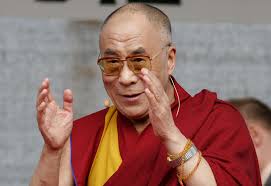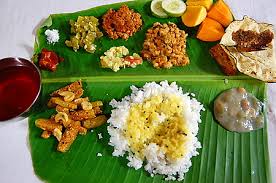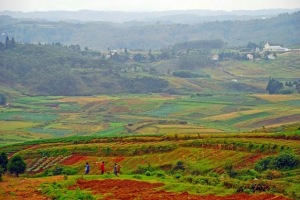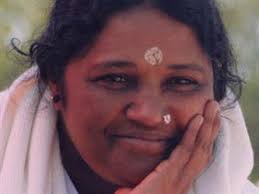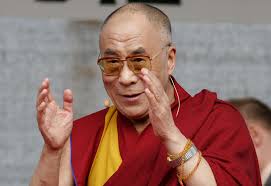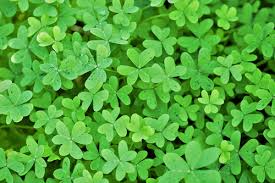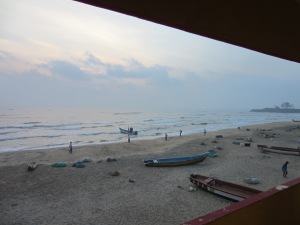Here I am at Amma’s Amritapuri Ashram in Kerala. For some reason, my first inclination was to blog this from the perspective of an HSP (Highly Sensitive Person) – for perhaps, it seems to be largely my psychological constitution which has coloured much of my experiences and my perceptions, over the last couple of days.
To begin with, practically all HSP’s can relate to the notion of having difficulty sleeping, in unusual or unfamiliar circumstances (or, for some HSP’s, the circumstances do not have to be particularly unfamiliar).
For me, it usually takes a change of setting, or stressful circumstance to affect my sleep.
That said, I have usually had pretty good success sleeping on Indian trains.
The night of my travel to Amma’s Ashram, however, was an exception. Through various factors (not enough exercise? Excessive Idli’s and Chappatis close to bedtime, leading to “frustration and irritation”…), I became quite discomposed, and slept only a couple of hours during the night – perhaps 2 hours.
That said, during those two hours I had some wonderful dreams.
In any case though, despite the nice dreams, I was quite tired on my first day at Amritapuri.
“Rajasic” Spirituality
The place, I would say, partakes quite strongly of what Ramakrishna once referred to as “Rajasic spirituality” – a spirituality that is based on movement, energy, passion, fun, love, joy, or, etc., etc., etc. – Rajas can be translated using a family of terms, (“passion” is a favourite one), but in this case I might refer to the Rajas of Amma’s Ashram in terms of its Energy, its Excitement, its Noise, its Movement, its Love, its Joy, its Busy-ness.
(the characterization of Love and Joy as “Rajasic” rather than primarily Sattvic, comes to me from a book I have been reading lately, Peter Marchand’s The Yoga of Nine Emotions. This is a really fascinating book which I recommend highly – would like to blog on it in more detail perhaps in future.)
In any case, I see the activity at Amma’s as quite exemplary of Ramakrishna’s characterization of “Rajasic” Spiritual Practices.
The quotation from Ramakrishna where he speaks at length about these types of Spirituality, is quite candid and humourous actually – I believe I found it in the beautiful book Sayings by Lex Hixon…. Can’t find it online at the moment but want to see if I can find it in the near future.
Amma’s Ashram and Rajasic Spirituality
Why do I speak of Amma’s in terms of Rajas?
It may be useful, for discussing this, to draw a contrast with Sattvic spirituality.
Sattvic, would generally mostly partake (if we decide to carry on using the matrix of the nine emotions described by Peter Marchand) of the Rasa – the “taste” (literally), or Emotion, of Shantha, or “Calmness.” (Shantha being the noun, clearly, affiliated with the well known Sanskrit adjective-cum-Indian-backpackers-and-hippies-phrase “Shanti”!)
So Sattvic spirituality, calm and quiet spirituality, is more inclined to keep to itself; one might say, to remain introverted…. In Ramakrishna’s description of the various spiritual aspirants, the description of the Sattvic spiritual aspirant I remember being described as humourously introverted. (Something to the effect of, “While others are going to the temple, parading about with powder, robes, and prasad, the Sattvic aspirant might feel a bit overwhelmed by the whole thing, and simply rise early and do his prayers quietly in his own room…”)
“While others are going to the temple, parading about with powder, robes, and prasad, the Sattvic aspirant might feel a bit overwhelmed by the whole thing, and simply rise early and do his prayers quietly in his own room…” (Ramakrishna)
Spirituality containing more calmness or shantha, may be more conducive to Introverts and HSPs. Or at least Spirituality that is a bit more quiet – as compared with the sound and excitement here at Amma’s while she is around.
But this is leaving too many things out, and is too quick a treatment. But I wanted to begin putting this out there, in case the discussion might be of interest to any HSP’s or Introverts – including perhaps followers of Amma!
I am aware, come to think of it, that I believe the well-known writer on HSP, Ted Zeff (Who has written various HSP “Survival Guides,” which are quite good little books), is himself a fan, perhaps even a devotee, of Amma-chi. So while my mind has gotten a bit tired now (it is quite early, before breakfast here, and blood sugar has dropped), I would like to try and expand on this further, hopefully later today.
(If I am not overwhelmed by the wonderfully Rajasic spirituality of Amritapuri!)
Om Shantha Hasya Shringara (Om-Calmness-Joy-Love)
